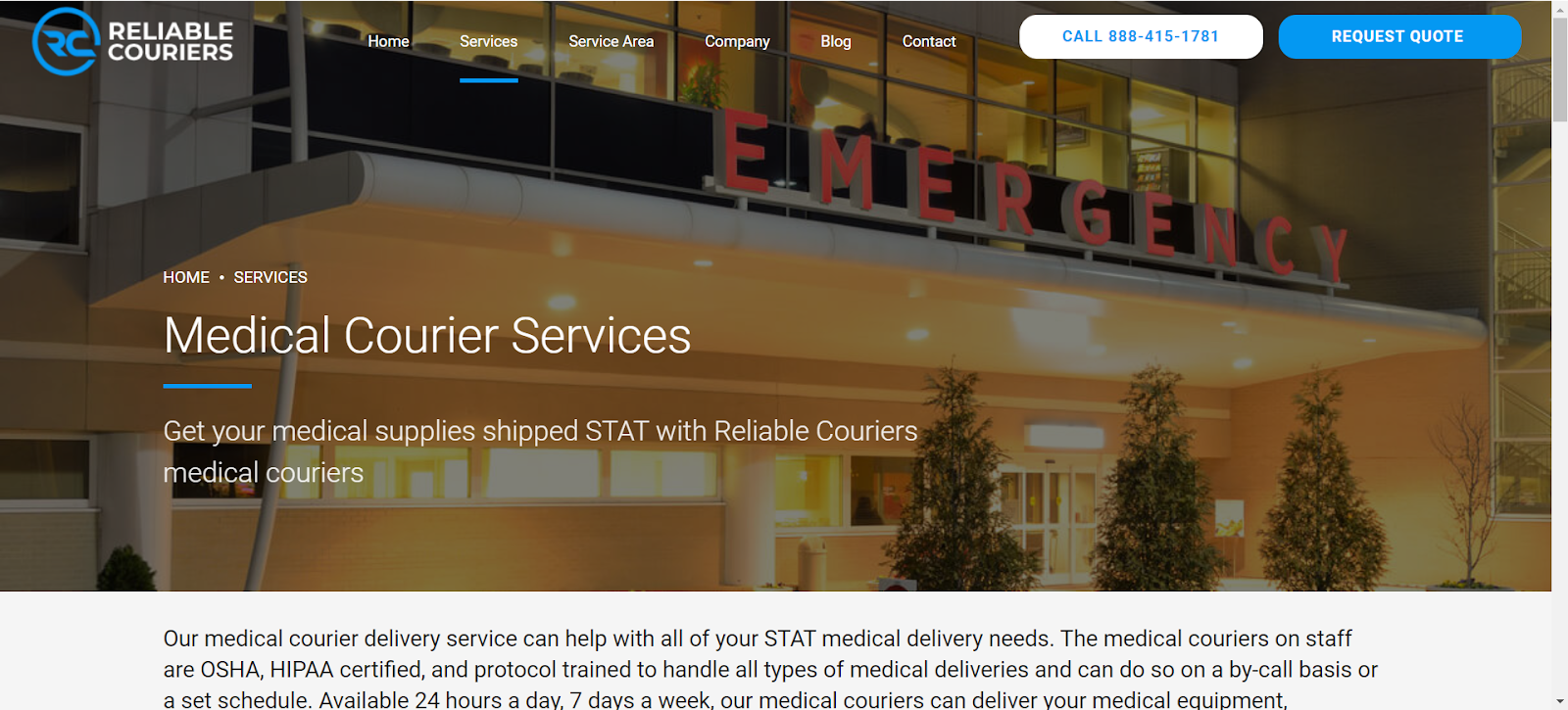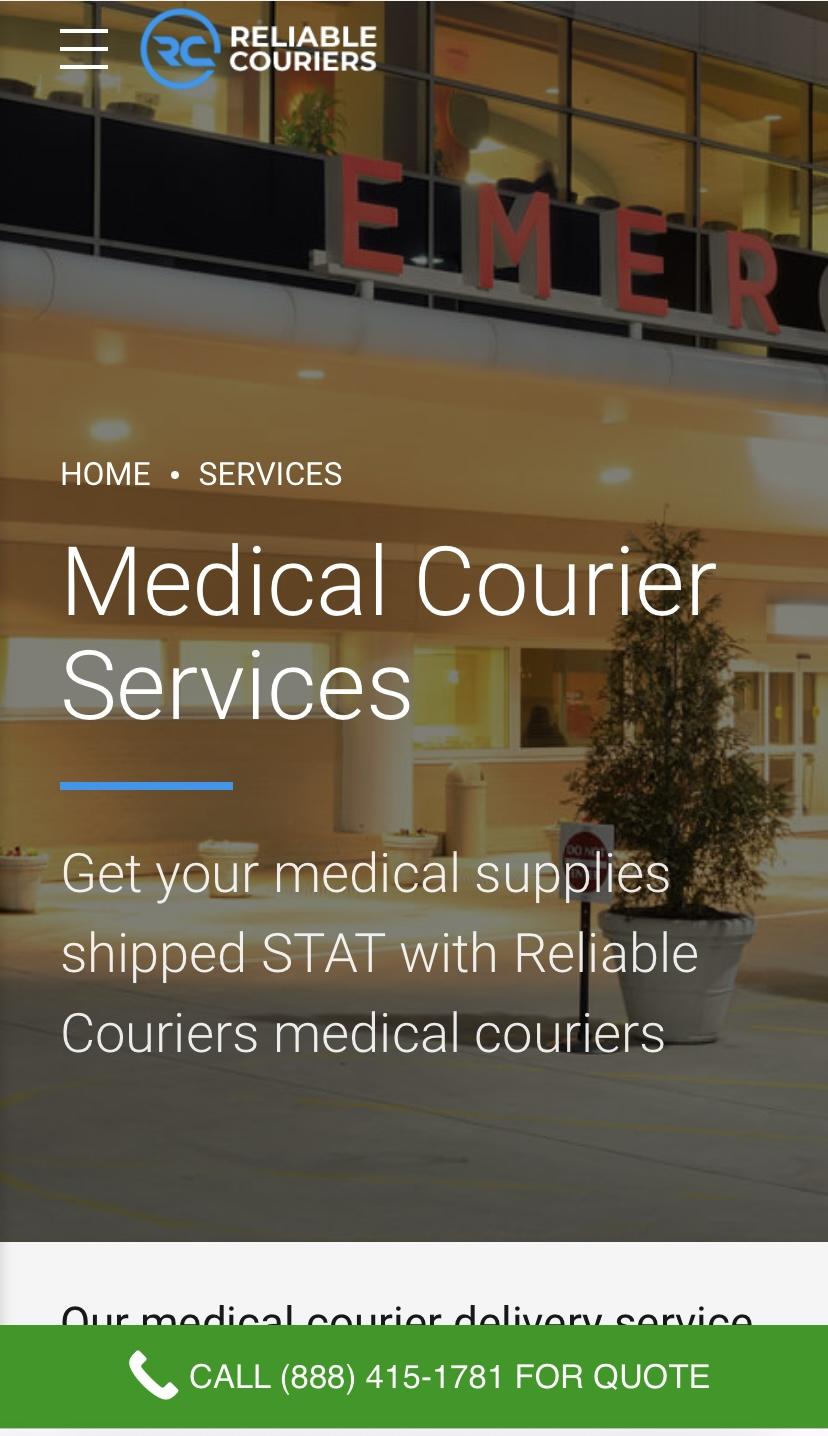You’re running a booming business.
Your team knows how to deliver exceptional service — and your products and services keep customers happy.
But there’s something missing …
Your website isn’t attracting or pulling in enough leads.
Truthfully, your SEO could use some work.
Thankfully, with a few changes, you can improve your SEO plan, attract the right leads, and move them into your sales funnel. You can also ensure that every site visitor has a fantastic user experience.
Let’s take a look at eight ways you can attract the right website visitors and create a positive customer experience using SEO.
1. Conduct an on-page, off-page, and technical SEO audit
Take a look at where your website succeeds and falls short by running a full SEO audit.
Use the mini checklist below to get started, or hire an SEO pro for support.
Start with an on-page SEO audit:
- Check your content for quality and relevance.
- Update or cut content that isn’t up to par.
- Optimize keyword usage, meta tags, headers, and internal links.
Then run an off-page SEO audit:
- Analyze your backlink profile for quality and relevance. Use a backlink checker like Ahrefs to see where you stand.
- Review your social media presence and online reputation. Use a social listening tool, like Mention, or hire a PR pro to see what people think about your brand.
- Strengthen these areas to boost your site’s authority and attract high-quality traffic.
- For instance, create a guest-posting strategy to get published on more high-authority sites. And lock arms with micro-influencers to gather user-generated content and send prospects to your site.
Finish with a technical SEO audit:
- Make sure your website loads quickly and is mobile-friendly (more on this in a bit).
- Make sure your website is secure with HTTPS.
- Fix crawl errors and broken links.
2. Optimize for all devices
Optimizing your site for various screen sizes and devices will guarantee a positive experience for desktop and mobile users.
While it may look different depending on what device someone uses, it’s important to ensure everything shows up clearly.
For example, make sure your buttons and menus are clearly visible on all screens and that your website is easy to navigate, regardless of device.
For instance, Reliable Couriers, a medical courier service, has optimized its website for all devices.
Here’s how it looks on a desktop:

As you can see, site visitors can choose from one of the menu buttons at the top, call the brand directly, or click to request a quote.
And here’s how it looks on a mobile device:

Site visitors can access the mobile menu at the top left by clicking the three horizontal lines. They can also call the brand directly to request a quote by clicking the call-to-action (CTA) button at the bottom.
Search engines consider user experience as a ranking factor, so a mobile-friendly website is a must!
3. Include self-service and other helpful articles
Give site visitors optimized self-service options so they can solve problems without having to contact your support team.
For example:
Create a comprehensive knowledge base and help center
Identify the top inquiries your customer support team handles. Meet with or poll customer service reps to uncover frequent problems and customer questions from angry, happy, and satisfied customers.
Then, create helpful articles that address common customer issues and questions. Add a search bar so visitors can quickly look up solutions to their problems.
Create or improve your blog
Publishing blog content for top, middle, and bottom-of-the-funnel (BoFu) leads and loyal customers supports the entire customer journey. Understand your customer base’s personal and business goals, needs, and pain points, and tailor your content accordingly.
Blog post-style ideas include How-tos, listicles, industry reports, and quick guides.
Add a more in-depth resource section
Empower BoFu leads and loyal customers with advanced reading material. Think relevant ebooks, white papers, in-depth guides, and case studies that cover topics they care about most.
4. Build trust with social proof and backlinks
Prove you’re an authority in your industry and boost trust with backlinks and social proof campaigns.
Write valuable content for high-authority sites that allow do-follow links to your website. This helps you build authority with search engines and reputable websites to rank higher and faster in search engine results pages. (And attract quality leads to your site.)
To collect social proof, use social listening tools to find happy customers and track customer interactions with your brand.
These include:
- Positive customer experience reviews
- Customer satisfaction scores
- Official online reviews
- Brand mentions
- Product ratings
- Testimonials
Then, plan ways to incorporate them on your website and throughout your ad campaigns and content campaigns.
For instance, Cloudbeds sprinkles testimonials about its hotel PMS platform throughout its website and product pages. It also has a dedicated “Customer Stories” tab showcasing user review videos and case studies.

This gives your visitors a quick and easy way to learn about real customer experiences. It’s also a fantastic resource for BoFu leads who need one last nudge toward conversion.
You can also add these social proof elements to your:
- Social media marketing campaigns
- Email marketing campaigns
- Landing pages
- Ad campaigns
- Blog posts
5. Create a user-friendly menu and navigation
Make sure site visitors can navigate your site quickly and easily.
User-friendly navigation is key to a great customer experience. It helps visitors find the information they need, which reduces frustration and bounce rates. It also encourages them to explore, engage, and convert.
Get inspired by Cruise America, a company offering RV rentals in Florida.
Its website has a clean and easy-to-access menu with straightforward tabs like:
- “Trip Inspiration”
- “Locations”
- “Rent”
- “Buy”

This simple structure helps customers quickly find rental options, discover locations, and access deals.
The goal here is to create an intuitive and seamless experience. If your site feels intuitive to your target audience, you’ll encourage them to stay. (And hopefully, buy! — Or at least sign up for your newsletter.)
6. Use guided selling experiences to personalize offers
Guide visitors to the right products and services with personalized experiences, like product quizzes.
Make sure to have noticeable CTA buttons with simple text like “Take The Quiz” sprinkled throughout your website. As users answer quiz questions, you can keep their recorded answers. (Use these to inform your product innovations and future campaigns.)
When they’re finished, guide them to purchase recommended products or ask for their email address. If you get their email, send their personalized product recommendations to their inbox immediately. And include a checkout page.
This is a simple way to exceed customer expectations and personalize their buying experiences. 🤩
7. Don’t forget about local SEO
Make sure your business appears in search results when nearby users look for your products or services. A simple way to do this is to set up a Google Business Profile (GBP) and add local keywords to your website.
Keep your GBP updated with accurate information and encourage past customers to leave reviews. This makes it easy for people to find and learn about your offerings.
For example, Beaches of Normandy Tours uses its GBP to boost its local SEO approach. The tour company keeps its website updated with accurate information to help people find and learn about its travel packages.

This strategy also encourages past travelers to leave reviews.
Beaches of Normandy Tours also incorporates relevant local keywords throughout its website, including terms like:
- Normandy beaches
- The British Beaches
- Omaha Beaches
- Bavarian Alps
- Bastogne
- France
- Utah
This helps searchers looking for tours in these areas find the tour company’s website.
8. Make it easy to get in touch with you
Give customers many ways to reach you.
Use chatbots, web forms, phone numbers, email addresses, and appointment booking options to provide multiple contact methods. Sprinkle these throughout your website pages where relevant.
Include customer feedback forms to gather insights and improve your business. (Remember to equip your customer service teams with the right tools and training to handle support queries.)
Prompt responses and helpful support build trust and satisfaction. They also encourage customers to return to your website.
Wrap up
Using SEO tactics can help you create excellent customer experiences.
Effective on-page, off-page, and technical SEO practices help make sure your website is easy to navigate, see, and read.
Social proof and backlinks help you build trust, authority, and customer loyalty.
And local SEO helps potential customers find you when doing a quick location search.
But those are just three of the strategies we covered in this guide. (Be sure to bookmark this article so you can refer to it later.)
Implementing the SEO and customer experience strategies we covered today can improve search rankings and create a seamless and engaging journey for your customers.
That’s it for now when building a customer-centric culture to reduce churn rates. Here’s to your success in actively listening, building customer relationships, and avoiding those negative experiences!
PS: Need help with SEO? Contact us now for tailored support.
Author bio

Catalina Grigoriev is an incurable optimist with a bubbly personality. That’s what my colleagues say. Secret mission: cat lover disguised as a dog person. Ex law student who switched into the digital marketing lane. Currently delving into the depths of SEO and content marketing at Planable.




